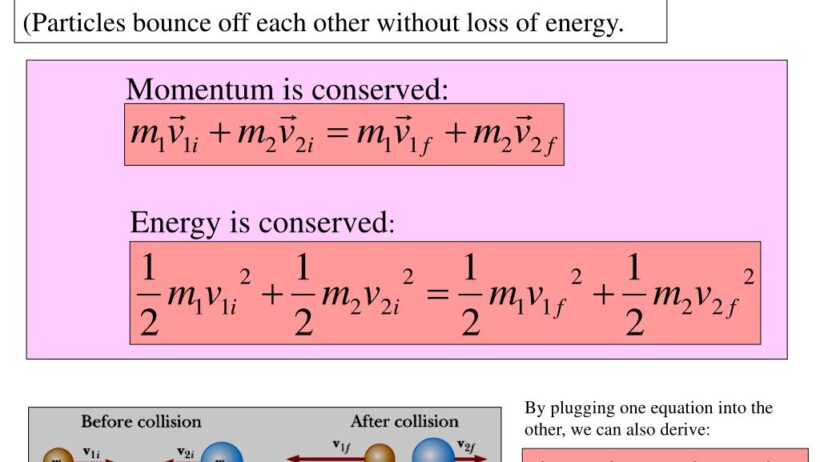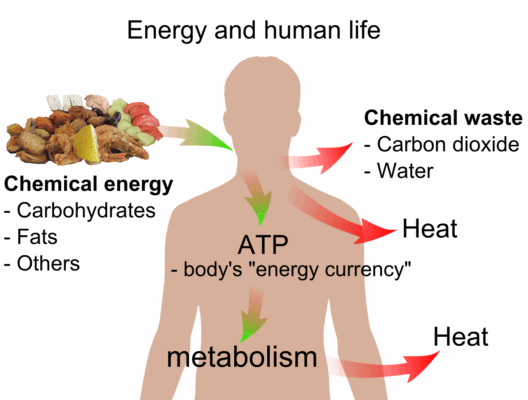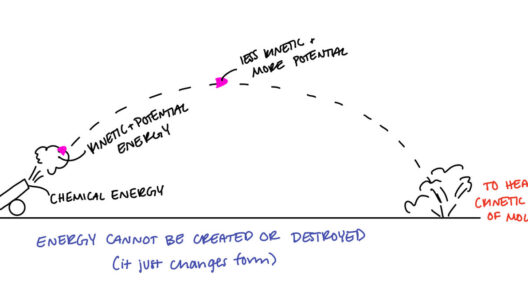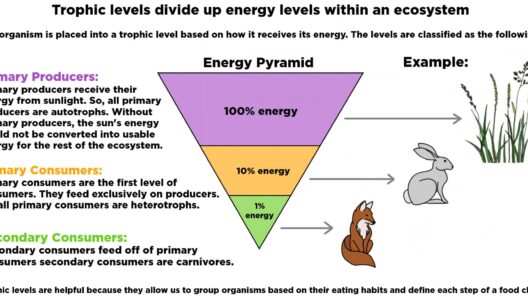In the realm of physics, collisions serve as a compelling illustration of fundamental principles. Among these, elastic collisions stand out for their intriguing characteristics, prompting deeper inquiry into the interplay of momentum and energy. An elastic collision is defined as a collision in which both momentum and kinetic energy are conserved. This property of energy conservation differentiates elastic collisions from inelastic collisions, wherein kinetic energy is transformed into other forms of energy, such as heat or sound.
To embark on a comprehensive exploration of elastic collisions, it is paramount to establish a solid understanding of both momentum and mechanical energy. Momentum, a vector quantity defined as the product of an object’s mass and its velocity, is conserved in all types of collisions, whether they are elastic or inelastic. This principle is elegantly captured in the law of conservation of momentum, which states that the total momentum before a collision equals the total momentum following the interaction.
In contrast, mechanical energy is a scalar quantity that encompasses the sum of an object’s potential and kinetic energy. In an isolated system, where no external forces are acting, the total mechanical energy remains constant. This conservation is particularly intriguing in the context of elastic collisions, stimulating fascination and curiosity among students and physicists alike. So, the crux of the matter becomes: is total mechanical energy truly conserved during elastic collisions?
The answer, unequivocally, is yes. In an ideal world devoid of dissipative forces, such as friction or air resistance, elastic collisions conserve both momentum and total mechanical energy. This phenomenon occurs because, during the collision, the interacting bodies temporarily deform but return to their original shapes after the encounter, thus preserving the kinetic energy in the system.
When examining two colliding bodies, one can quantitatively analyze the conservation laws through equations. Consider two objects, A and B, with masses mA and mB, and initial velocities uA and uB. After the elastic collision, their final velocities are vA and vB. The conservation of momentum can be expressed as:
mAuA + mBuB = mAvA + mBvB.
Simultaneously, the conservation of kinetic energy in the system can be articulated as:
½ mAuA2 + ½ mBuB2 = ½ mAvA2 + ½ mBvB2.
These two mathematical expressions elegantly illustrate that elastic collisions retain the total mechanical energy of the system, emphasizing the elegance and predictability inherent in physics.
The profound implications of elastic collisions extend beyond theoretical constructs. These collisions can be observed in everyday life, invoking fascination. For instance, when two billiard balls collide on a pool table, they exhibit nearly elastic behavior. Such scenarios provide tangible demonstrations of conservation principles, enabling learners to connect abstract notions with observable phenomena.
Furthermore, elastic collisions are foundational in numerous scientific disciplines, from molecular physics to astrophysics. At the molecular level, gas particles collide elastically, influencing temperature and pressure within contained systems. The kinetic theory of gases relies heavily on these principles, linking molecular behavior to macroscopic properties. In astrophysics, celestial bodies may approximate elastic collisions during interactions, such as the gravitational encounters between stars or planets, preserving orbits and dynamics over vast timescales.
Despite the elegance of the elastic collision model, real-world conditions introduce complexities that can skew theoretical idealizations. In practice, most collisions possess some degree of inelasticity, primarily due to dissipative forces. For instance, when a car crumples during a collision, energy is lost in the form of sound, heat, and deformation, indicating an imperfect conversion between potential and kinetic energy. Thus, while elastic collisions serve as a critical theoretical framework, recognizing the qualitative distinctions between ideal and real-world implications is essential.
In conclusion, the fascinating world of elastic collisions underscores the fundamental principles of physics, marrying the concepts of momentum and energy conservation in a harmonious manner. Through the lens of elastic collisions, we gain insight into broader scientific principles, discover the beauty of mechanics in everyday scenarios, and appreciate the complexities that arise when idealized models meet the intricate tapestry of reality. Understanding these dynamics holds paramount importance, not only for the pursuit of scientific knowledge but also for informing technological advancements and fostering an appreciation of the physical world. This intellectual engagement lays the groundwork for a future where efficiency and sustainability are at the forefront, aligning with the imperative of conserving energy and resources for generations to come.







